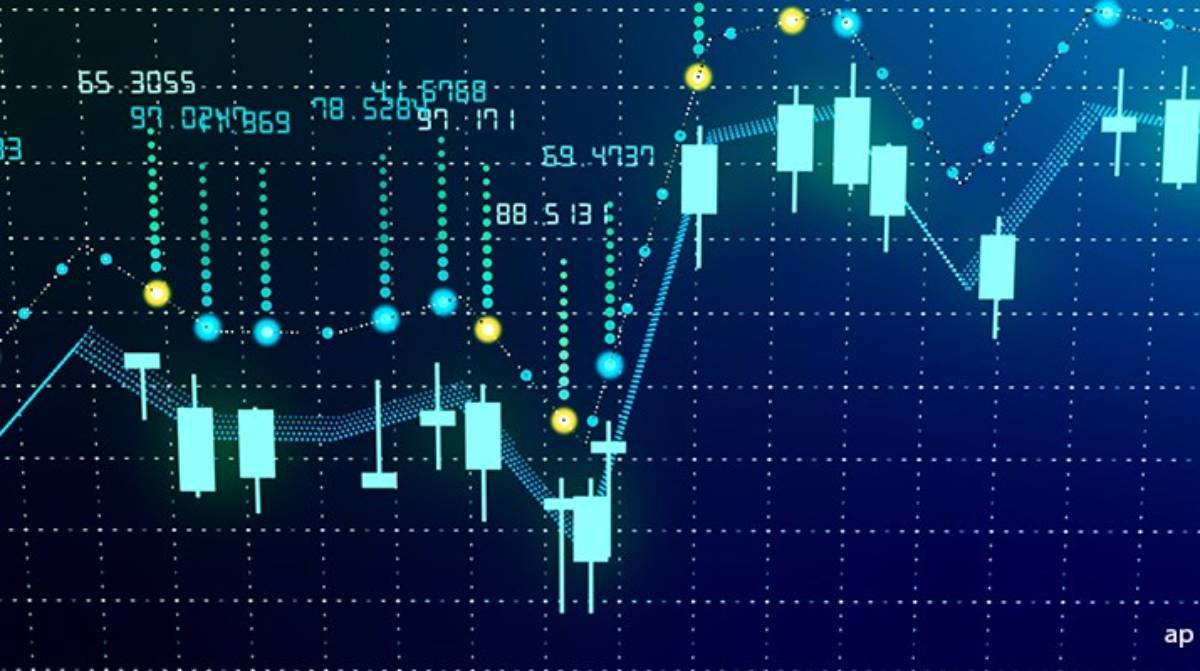
Trading Flexibility: ETFs Explained
Imagine standing at the gates of a bustling marketplace. You can walk in, browse, buy what you need instantly, or leave whenever you like. That’s the beauty of trading flexibility — and it’s exactly what Exchange-Traded Funds (ETFs) offer modern investors.
In a world where markets can shift in seconds, having the ability to trade quickly and efficiently isn’t just a bonus — it’s often essential. Whether you’re building a long-term portfolio or looking for smarter ways to react to market opportunities, ETF trading can give you the tools you need.
In this guide, we’ll break down how ETFs work, why they offer unmatched market access, and how you can leverage their investment flexibility without getting caught in common traps.
What is an ETF?
A Simple Definition
An Exchange-Traded Fund (ETF) is a type of investment fund that’s traded on stock exchanges, just like individual shares.
- It holds a basket of securities (like stocks or bonds).
- It tracks an index, sector, commodity, or asset class.
- It allows investors to buy and sell throughout the trading day.
Quick Analogy: Think of an ETF as a shopping basket you can buy instantly. Inside, you get a ready-made mix of ingredients — but you trade the whole basket in real-time.
How ETFs Provide Unmatched Trading Flexibility
1. Real-Time Market Access

Unlike mutual funds or traditional index funds (which price once daily at market close), ETFs can be traded anytime during stock market hours.
- Want to buy at 10 a.m.? Done.
- Need to sell by 2 p.m.? No problem.
- See a midday market dip? Act instantly.
This flexibility means you have more control over your entry and exit points, potentially improving your returns or reducing risks.
2. Diverse Order Types
ETFs allow you to use the same trading strategies as you would with individual stocks, such as:
- Limit Orders: Set a specific price to buy or sell.
- Stop Orders: Trigger trades automatically at a target price.
- Market Orders: Buy or sell immediately at the best available price.
Practical Tip: Using limit orders helps you control costs, especially when markets are volatile.
3. Intraday Pricing Transparency
Because ETFs trade on open exchanges, you can see real-time prices all day long:
- No guessing about the end-of-day NAV (Net Asset Value).
- No surprises about what you paid or received.
Benefit: You make better-informed trading decisions with immediate price visibility.
Comparing ETF Trading Flexibility with Other Funds

Feature ETFs Mutual Funds / Index Funds Trading Hours Throughout market hours End of trading day only Price Transparency Real-time End-of-day NAV Trade Types Supported Limit, Stop, Market, etc. Market orders only Speed of Execution Instant during market hours After market close
When Trading Flexibility Really Matters
1. Managing Volatility
During times of market stress:
- ETF investors can react quickly to limit losses.
- Mutual fund investors must wait until the end of the day — sometimes too late.
Example: When the market dropped sharply in March 2020, ETF traders could adjust their holdings in real-time.
2. Seizing Opportunities
Market corrections can create buying opportunities — but only if you can act fast:
- ETFs allow you to buy the dip at your preferred price.
- With mutual funds, you risk missing intraday bargains.
3. Portfolio Adjustments
Need to tweak your allocations mid-year or respond to changing goals?
- ETFs make rebalancing smoother and quicker.
- You can fine-tune your portfolio without waiting for processing delays.
Pros and Cons of ETF Trading Flexibility
Pros
- Speed: Immediate execution during trading hours.
- Choice: Use advanced trading strategies.
- Visibility: Real-time pricing means no end-of-day surprises.
- Efficiency: Easier to manage tactical changes or rebalance portfolios.
Cons
- Overtrading Risk: Easy access can tempt investors into making emotional, reactive trades.
- Bid–Ask Spreads: Especially for niche ETFs, buying and selling costs can vary.
- Market Hours Limitation: No trading outside of exchange hours, unlike 24/7 crypto markets.
Real-World Examples: Flexibility in Action
Sarah: Seizing an Opportunity
- Sarah monitors the markets during her lunch breaks.
- When the FTSE 100 dips by 2% mid-morning, she uses her ETF app to buy instantly at a discount.
- Later that month, markets recover, and Sarah locks in a healthy gain.
Tom: Managing a Portfolio Transition
- Tom decides to shift from growth stocks to dividend stocks.
- Using ETFs, he sells his growth ETF at 11:30 a.m. and buys a dividend-focused ETF minutes later.
- No waiting, no uncertainty.
Smart Strategies for Trading ETFs
1. Use Limit Orders
Avoid nasty surprises by setting a maximum purchase price or a minimum selling price.

2. Avoid Trading at Market Open
The first 15–30 minutes can be volatile as overnight news digests.
Tip: Wait for mid-morning when prices often stabilise.
3. Know Your ETF’s Liquidity
Popular ETFs (like those tracking the S&P 500 or FTSE 100) usually have tight bid-ask spreads. Less popular niche ETFs might be pricier to trade.
Pro Tip: Stick to ETFs with higher average daily trading volumes for better liquidity.
Common Mistakes to Avoid with ETF Trading
1. Overreacting to Market Moves
Trading too frequently can:
- Rack up fees.
- Lead to emotional decision-making.
- Eat into long-term returns.
2. Ignoring Costs
- Always check bid-ask spreads.
- Factor in brokerage commissions, if applicable.
3. Buying Illiquid ETFs
Low-volume ETFs can have wide spreads, meaning you pay more to buy — or accept less when selling.
Embrace Flexibility, But Stay Disciplined
ETF trading flexibility is a powerful tool for today’s investor. It offers real-time access, transparent pricing, and advanced trading options — giving you greater control over your financial destiny.
But with great flexibility comes great responsibility.
The key is balance: Use ETFs to your advantage — to react smartly, not emotionally. Stay focused on your long-term goals, even as you enjoy the benefits of instant market access.
Ready to make ETFs part of your smarter investment strategy? Take a moment today to review your portfolio, explore top-performing ETFs, and make a plan for how flexibility can work for you — not against you.
Did you find this guide helpful? Share your thoughts below, forward it to your investing friends, or subscribe for more easy-to-understand, practical investing insights!